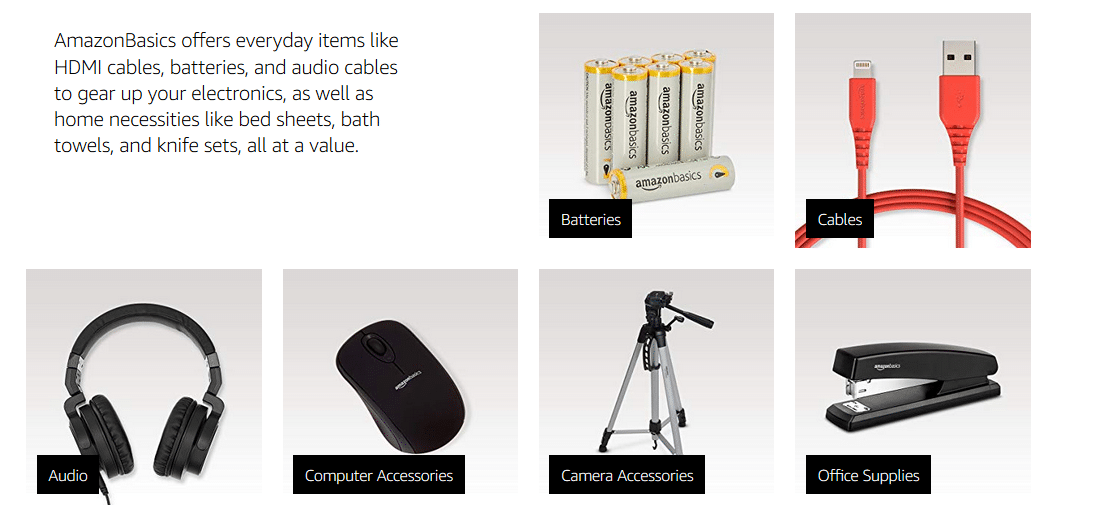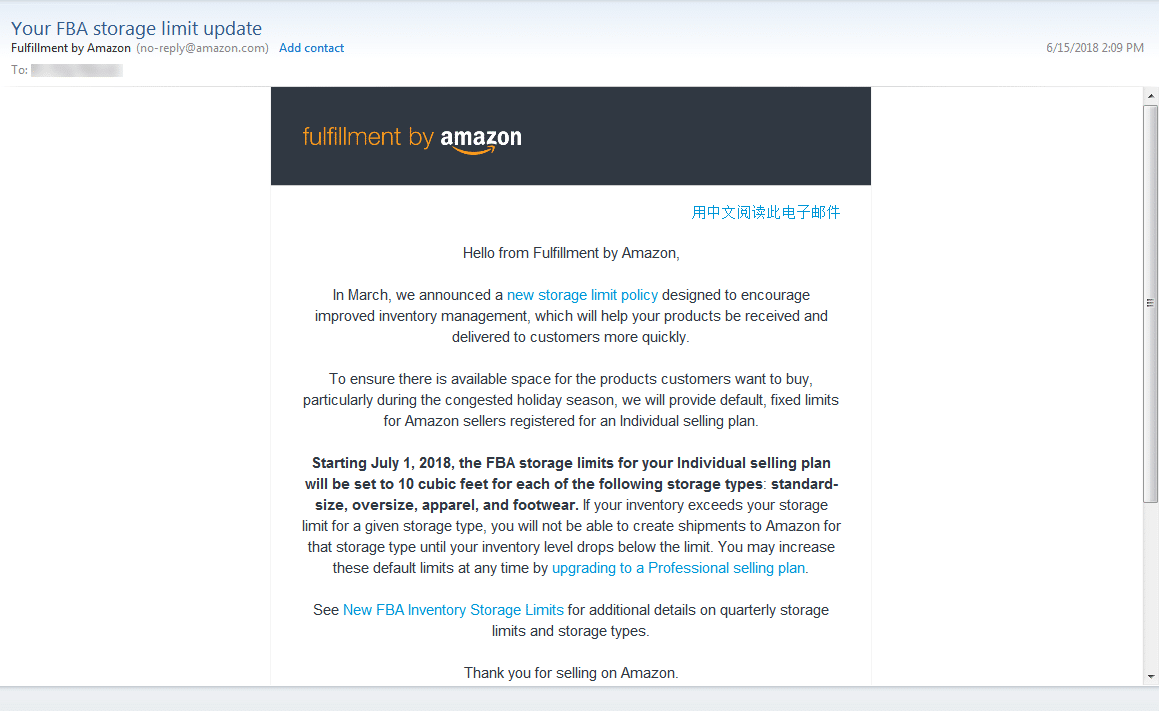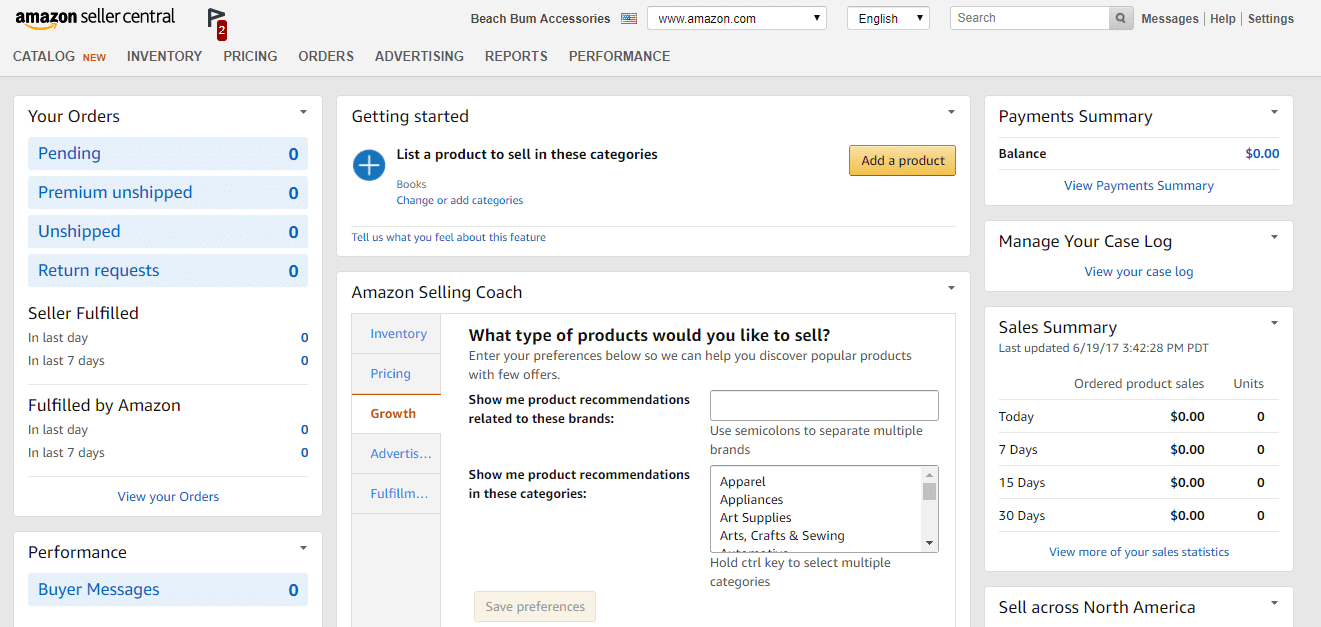Guest post by Roberto from Mofluid
There are many individual sellers on Amazon trying to make a quick buck, or even making millions from selling different products. The latter are probably doing it with high volume or high-margin products, or both, but some products have proven to be a tough road.
While we hear many success stories of sellers, some of whom were once Amazon customers, making it big on the platform, not everyone has a happy story. Some have even fallen along the way and don’t wish to pursue further selling.
This shouldn’t discourage you from becoming an Amazon seller or creating a business though. If you’re passionate and willing to put in the work and time required, you can be successful.
7 Dangers of Selling on Amazon
Amazon offers a free and all-encompassing platform from which people can sell products and make easy and quick money, besides building a growing Ecommerce business.
While it may sound easy to just ship your products to Amazon FBA and they handle everything else, you need to approach Amazon with caution. Similarly, you need to understand that like every good business, Amazon too looks out for its own interests.
Some of the potential dangers Amazon sellers face include:
- 1. Making Amazon your primary online business income source
If you don’t own it, you have little or no control over your business, so you could get kicked off the platform as you’re at their mercy. - 2. Amazon’s dynamic and evolving search engine algorithm
This applies SEO such that when a customer searches for a specific product online, they pick what comes in the first few results, not the specific merchant. If the algorithm changes, it may not favour your products, leaving you disadvantaged. - 3. Niche encroachment
It is another danger such that if you’re selling products whose rights you don’t own, or it isn’t patented, you could lose out especially if Amazon steals it from under you. If you’ve heard of the Amazon Basics program, it’s a form of niche encroachment, where Amazon picks profitable products and private-labels them and sells them at lower prices or with preferential rankings based on their search engine algorithm.

- 4. Crackdown on fake user reviews
Amazon checks on this using special technology that detects scams and fake reviews. If your product has no reviews, it reduces the chances of making money as people buy from Amazon because of the peer-based reviews.
Related: How to Get More Amazon Reviews
- 5. Difficulty finding untapped niches
Unlike previously when private labelling would be more profitable, it’s no longer the case today as you can’t easily find an untapped niche. If you do find one, the competition may obliterate you, such that you have to move on to a new product. - 6. Sales and inventory rankings reduce with availability
If your inventory is running low, it can hurt your sales ratings on the platform, thereby stifling your online business. It’s also possible to be banned from Amazon if you’re out of stock and can’t ship within its service level window.

- 7. Fluctuating profit margins
This is affected by manufacturing and shipping costs, plus the margins Amazon sets on products. If your profit margins are shot, your business ends up with more losses and failures.
These are just a few of the real dangers of selling on the Amazon platform. Our goal isn’t to discourage you or vilify Amazon but to highlight some of the real dangers you need to be aware of when thinking of or starting an Amazon selling business, borrowing from experiences of failed sellers.
5 Top Tips From a Failed Amazon Seller
We checked out some stories of failed Amazon sellers and picked out a few lessons that budding Amazon sellers or online entrepreneurs can learn from. Amazon’s Seller Central has clear policies on selling on the platform, plus best practices and errors to avoid for retailers.
If you’re a newbie though, it’s possible to make the same mistakes as those of failed sellers without even realizing it. Within these requirements lies a lot of fine print put in place by Amazon for the sake of the shopper experience.
That said, here are some other lessons you can pick from the errors failed Amazon sellers made from setting up accounts to selling and handling orders.
1. Account Setup – Get It Right The First Time
This is one of the key steps in creating your online Amazon selling business and most sellers spend their time here, though it varies based on management automation or agency.
The Amazon Seller Account provides a holistic view of the current or ongoing orders, purchased products, and what’s listed on the platform. It’s also where you as a seller manages your inventory, product performance, define settings for your campaigns, and track feedback too.

Right course of action: It is critical to get this step right and set a solid foundation for your online store and products to avoid failure in the short or long-term. Additionally, don’t have two seller accounts. Amazon’s Policy simply states the one seller account per Amazon seller; anything outside that is a violation, and it can land you into trouble. Review the best practices constantly, test, audit and refine your seller account to avoid violating the policy or your account may not be optimized.
2. Inspect Goods Before Paying 70% to Suppliers
Amazon sellers order their products from different suppliers, but most of them want to save on manufacturing yet still get a quality product.
It can be intimidating to order from a supplier you don’t know or have never met because you’re handing over a huge sum of money to them with the hope that they’ll manufacture what you want and with the right specifications and quality.
Many a failed Amazon seller has had to learn the hard way especially when the suppliers don’t meet the quality and specifications, which leads to bad reviews on Amazon or returns, and poor sales.
When this happens, it can take you a long time to sell the units you have in stock at break-even, and ultimately end up killing your successful product.
Right course of action: Check the goods before paying the supplier 70 per cent, because they could have used cheaper material or made concessions in one way or another just to save on production too.
3. Select the Right Product
This is probably the most important part of your Amazon seller business together with account setup. If you pick the wrong product, whether or not your marketing, PPC and other aspects of selling are great, you’ll fail miserably.
Right course of action: When doing product research, there are several factors to consider such as the product demand, profit margin, ease of manufacturing, level of competition and much more. If you stick to these requirements and don’t try to manufacture difficult products, especially as a newbie seller, you’ll have a higher chance of becoming successful.
You also want to get ungated on as many Amazon categories as you can. Even if you have no immediate plans to sell on there, you may want to sell in that product category in the future.
4. Get the Product Packaging and Branding Right
There are many stories about customs seizing goods that Amazon sellers have shipped out to different customers in different parts of the country and for various reasons. It could be as small a mistake as forgetting to check the product requirements in terms of age or target market, and not putting the proper sticker on the items.
This can be devastating, especially if all your shipment is seized at the port and you have no way of getting it back or selling it, so you end up making huge losses and stopping sales altogether.
Right course of action: Make sure the goods are properly packaged and labelled before shipping them out.
Related: The Perfect Amazon Product Packaging
5. Invest in Quality Customer Service
Customer service is one of Amazon’s priorities, so you shouldn’t skimp on it. In fact, to some degree, customer service affects Amazon search page visibility, Amazon Buy Box share, and Amazon sales.
Some of the biggest mistakes failed Amazon sellers have made on eCommerce customer service include shipping speed, return policies, reviews and pricing too.
However, the most frequent blunders include gaming the system by paying for positive reviews because Amazon relies heavily on user trust, arguing or getting upset with shoppers, or thinking that they read your policies thoroughly.
Right course of action: There are several solutions to these issues though, but the first is to invest in resources to boost customer service metrics and improve your seller feedback management.
Final Thoughts
There are so many lessons to learn, but these are just a few of the major ones that could make or break your Amazon selling business.
The Golden Rule is simple: The customer is king. As much as this sounds cliché, Amazon sticks to this rule, so you’ve got to buy into the same mentality to make it work for your own business.




